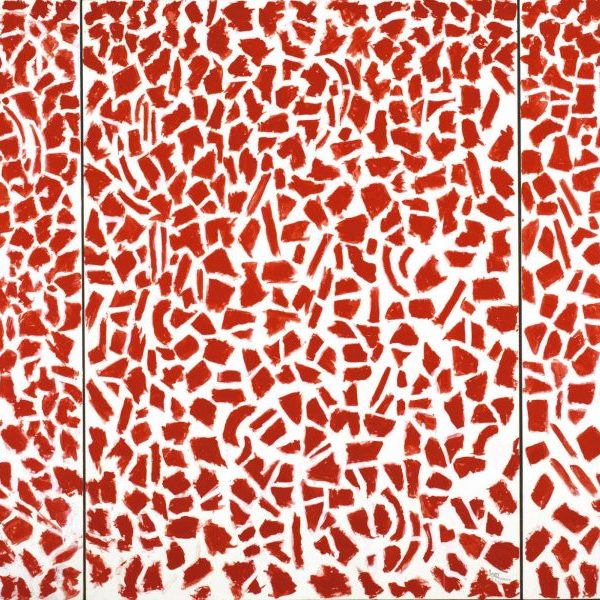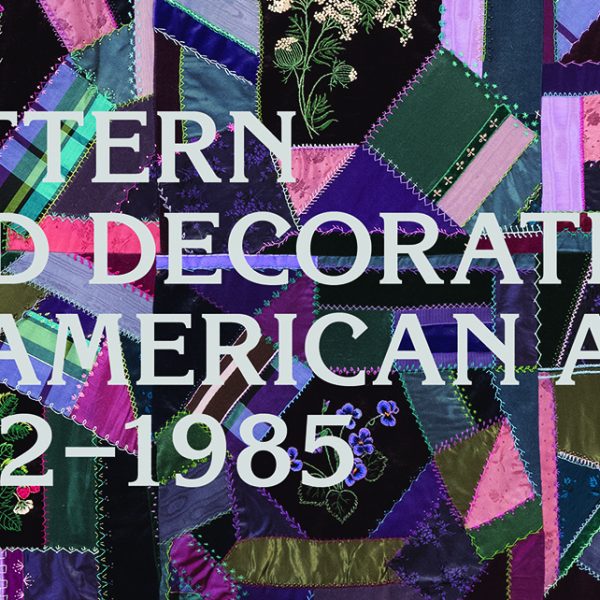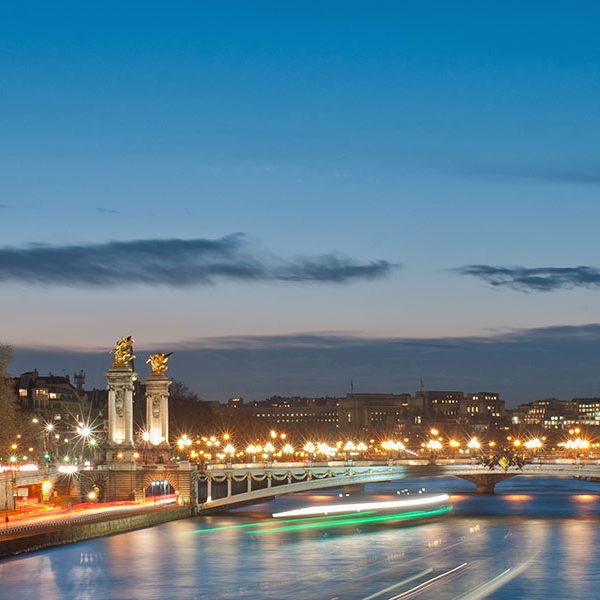A Brush with the Chinese Revolutionary Mood
If you were lucky enough to wander through Beijing’s 798 District, you would come face to face with some of the most fresh, daring work produced by China’s up-and-coming artists. In the past decade China’s contemporary art scene has exploded, captivating art collectors and galleries around the world. Ai Weiwei, Yue Minjun, and Huang Yan are just a few of the many Chinese artists who have now become household names. Bold and provocative, these artists have taken traditional Chinese themes and techniques and turned them on their head, infusing them with modern perspective and social commentary.
 Laying the groundwork for today’s dramatic transformation of thought and style was Fu Baoshi, a prolific 20th century painter and art historian who reinvented classical Chinese painting. Chinese Art in an Age of Revolution: Fu Baoshi (1904—1965), edited by Anita Chung, follows Fu’s development, from his years studying art and art history in Japan to his illustrations of Mao Zedong’s poetry just before the Cultural Revolution began.
Laying the groundwork for today’s dramatic transformation of thought and style was Fu Baoshi, a prolific 20th century painter and art historian who reinvented classical Chinese painting. Chinese Art in an Age of Revolution: Fu Baoshi (1904—1965), edited by Anita Chung, follows Fu’s development, from his years studying art and art history in Japan to his illustrations of Mao Zedong’s poetry just before the Cultural Revolution began.
Fu Baoshi, whose name means “Embraces Stones” and refers to his early career as a stone seal carver, painted in the traditional Chinese style as a way of instilling national pride during a period of time in China’s history that was rife with turmoil—the Japanese invasion, the civil war between Nationalists and Communists, and the early attempts at nation-building under Mao. At the same time, he brought Chinese ink painting to the 20th century by breaking from tradition with his expressive painting style, using ink washes and broken strokes to portray the mood of a landscape rather than the typical defined calligraphic lines of earlier styles. As Fu Baoshi said, “Ideas have changed; brush and ink cannot remain unchanged.”
The exhibition Chinese Art in an Age of Revolution illustrates hundreds of paintings and stone carvings by Fu Baoshi from the Nanjing Museum (over one hundred of which are beautifully reproduced in the book), presenting a comprehensive picture of the artist’s life and work. It is currently on display at the Cleveland Art Museum, and will move to The Metropolitan Museum of Art as of January 30, 2012.

























